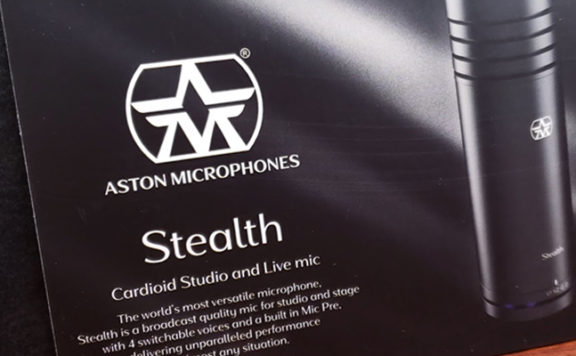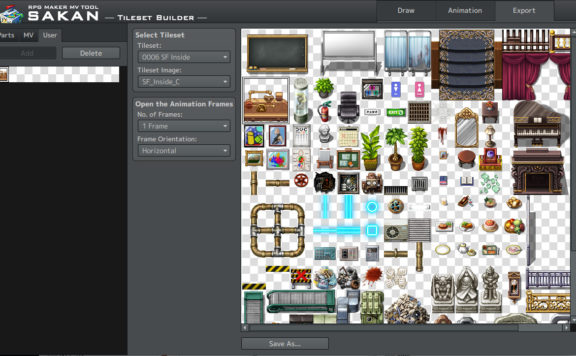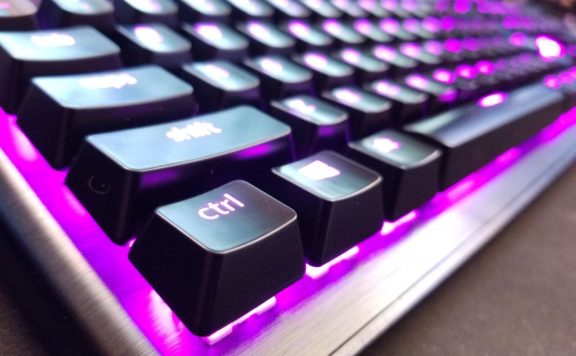Aston Microphones may just be the most exciting name in microphones. When we reviewed the Stealth back in 2019, I remarked on the technological innovation that was so clearly on display, creating a microphone that was like no other. It’s now nearly 2021 and Aston is back again to help us end this beast of a year on a high note. Today, I’m reviewing the Aston Element: The blind test-winning, proprietary capsule packing, “People’s Microphone.” For only $199, it’s a complete package and more than a little impressive.

A Unique Class
Like Aston’s other microphones, the Element has a visual identity all its own. Its cylindrical body does away with the industrial look of the Spirit and Origin and hews closer to the sleek, matte black of the Stealth. It’s built of two pieces of sturdy metal but is surprisingly lightweight. The capsule is protected by a pair of circular grilles on its front and rear, and in the center of the body Aston logo glows a stylish purple when juiced with 48V of phantom power. It’s unique and eye-catching, somehow looking both vintage and slightly futuristic at the same time.
Under the hood lies Aston’s proprietary Ridyon capsule. It’s a technology all its own, so this isn’t a condenser, dynamic, or ribbon mic. Instead, it seems to borrow elements of each of those in its response. In fact, this is how the capsule derives its name: Ribbon, Dynamic, Condenser. It uses a moving coil design, which allows the capsule to be machine made and keep costs down. This design also incorporates a large mylar diaphragm (1.5 inches!), which enables an improved bass response and appealing warmness.

One of the reasons Aston’s microphones have received such wide acclaim is because of its “Aston 33” tone shaping process. The Aston 33 program brings in recording artists, producers, and industry experts to engage in blind listening trials, pitting its microphone against well-known microphones from the likes of Rode and Neumann. Aston then takes that feedback from the panel and tweaks the sound of its in-development mic before returning for another round, repeating the process until its mic comes out the winner.
With the Element, Aston opened the doors on this process. It invited thousands of listeners to join these rounds, refining the tonality at large to craft “the people’s microphone.” After trying it for myself, I’d say “the people” did a great job, because this microphone has a whole lot going for it.

The first thing that struck me is just how full-bodied it is for vocal capture. The Ridyon capsule does an outstanding job of capturing low frequencies and leant my voice substantial presence while also keeping it a comfortable distance from my mouth. The counter to that is that the proximity effect was a bit too bassy for my voice, so it forced a refresher in proper microphone technique. For streamers and YouTube creators, that kind of authoritative low end should be most welcome, especially since it won’t take up so much of your face-cam.
Despite how well it captures spoken word, the Element is surprisingly versatile. The Ridyon capsule is capable of a wide frequency response range and does very well for capturing other sound sources, like an acoustic guitar, which you’ll see in the video I’ve embedded from my fledgling YouTube channel. This, I believe, is also why spoken word sounds so good: bassy, but without the frequency crunch common to dynamic microphones. Have a listen to both below:
The other excellent quality it brings to the fold is just how quiet it is. The level of self-noise is extremely low — in fact, it’s the quietest I’ve ever tested and, as Sound on Sound declared in their own excellent review, it’s one of the quietest available today. Even on my relatively low-cost Behringer Uphoria UMC204HD audio interface, it was like a ghost, silently capturing all while masking its own presence. For $199 — even for twice that — the performance is outstanding.
Likewise, I was impressed by the off-axis noise rejection. Often, I recommend that streamers lean toward dynamic mics to mask the sound of their mechanical keyboards and computer fans. The Element strikes an excellent middle-ground between condenser and dynamic performance here, not completely cutting those surround sounds out, but making them less prominent than condenser microphones. Given the superb tonality and presence it also offers, it makes the Element an easy recommendation for this purpose.

Given its affordable cost, I was surprised to find that Aston also packages it in a bundle with a magnetic metal pop shield and a shock mount. They both work well, but I admit to being a bit concerned when finding the shock mount was plastic instead of threaded with elastics as per usual. Yet, it works well, supplementing the unique 360-degree suspension system supporting the capsule itself. This system works to isolate the capsule from vibrations on its own, allowing the actual shock mount to take on less labor.
The pop filter, however, did have the unfortunate effect of marking the paint on the microphone almost immediately. The magnet holds it securely but that initial *snap* left marks after only a few attachments. When attached, these are entirely invisible, but it would be nice to see this revised to have some form of pad to better protect the appearance of the chassis.
Conclusion
After testing it in different scenarios, I’m extremely impressed with the Aston Element. I love the warm sonic signature it offers and the versatility exhibits between instruments and vocals. For $199, it’s a remarkable value and an easy recommendation for streamers, content creators, or musicians looking to tackle a little home recording in this Work From Home era. Just as importantly, it continues Aston’s trend of pushing the technological envelope in microphone design and leaves me excited to see what new designs Aston will bring in the future.






